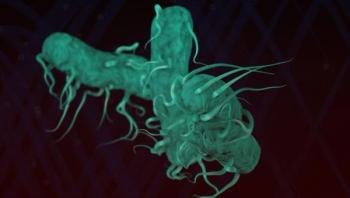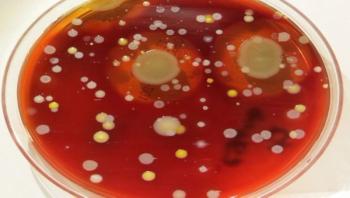
News



Once inside the human body, infectious microbes like Salmonella face a fluid situation. They live in a watery world, surrounded by liquid continually flowing over and abrading their cell surfaces--a property known as fluid shear. In new research appearing in the Nature Publishing Group journal npj Microgravity, Cheryl Nickerson, PhD, and her colleagues explore the effects of physiological fluid shear on ST313--a particularly dangerous type of Salmonella, which is resistant to multiple antibiotics and currently ravaging regions of sub-Saharan Africa.


The mosquitoes known as Aedes aegypti and Aedes albopictus transmit arboviruses that are increasing threats to human health in the Americas, particularly dengue, chikungunya, and Zika viruses. Therefore, accurate and up-to-date information for the geographical ranges of these mosquitoes have been urgently needed to guide surveillance and enhance control capacity for these mosquitoes.

Can you use the “ick factor” to get healthcare workers to clean their hands more often? Yes, according to a new study being presented on June 11 at the 43rd Annual Conference of the Association for Professionals in Infection Control and Epidemiology (APIC).







The Valley Hospital in Ridgewood, N.J., has launched a new interactive patient care system to help educate, engage and empower patients in their care. The system helps patients and their families take an active role in their health journey, which leads to improved patient satisfaction and clinical outcomes. Using an in-room television that transforms care at the bedside, patients using the interactive GetWellNetwork receive customized education on their condition, medications, patient safety and pain management, hospital services, as well as entertainment options including Internet access, television programming, movies, video games and music.















